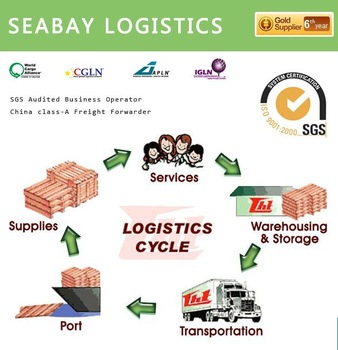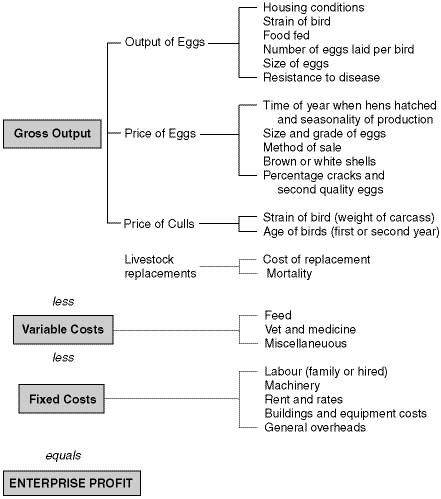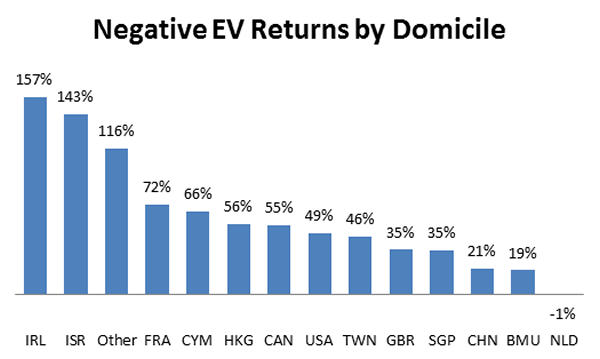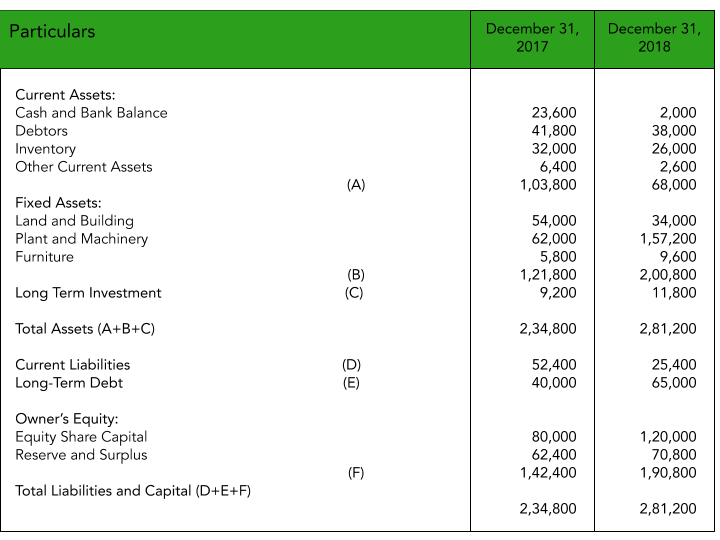

There is a risk that the new product may generate implications that damage the image of the core/original brand. Asker states that the extensions can cannibalize the existing products of the brand when they are positioned in a close market. It means the extensions sales are increasing while those of the existing brand’s products are following the opposite curve. Asker underlines that these good sales figures for the extensions cannot compensate the damage produced to the original brand’s equity. He argues that this situation is however better than seeing his happening with a competitor’s brand. From the customer’s point of view, brand extensions offer a less risky route to a new product category.

The Wix website builder offers a complete solution from enterprise-grade infrastructure and business features to advanced SEO and marketing tools–enabling anyone to create and grow online. There’s no limit to the number of categories that you can add to a class, but each category name must be different, and each should declare and define a different set of methods. Extensions are usually used to add extra features to our own “custom class”. We can add private methods or properties extending the class interface which can be used within the implementation of the class. Why add a class extension when you could just implement those methods and properties strait into the class? It’s quite common to see a class extension at the top of a .m file declaring more methods on the class, that are then implemented below in the main @implementation section of the class.
Brand extension is a popular marketing strategy that has been widely used since the second half of the 20th Century. It consists of utilizing a currently existing brand to launch a new product. Therefore, it is understandable for reputed and popular brands to bank on their trust over its other related products that are already enjoying a good market presence. A product line extension is the launch of a new product in a product category where the brand already sells products. Typically a line extension is a new flavor, scent, formula, color, size, or style of a product in a current product line.
Line extension only represents an increase in a product’s line’s depth. It’s easy to realize that Line extension and brand extension are all forms of product extension, but what makes the difference is the line of product. Some companies out there vertically extend the products they already own. Some companies can use the ingredients they have to launch new products in more or fewer forms. This is a vertical extension of what Coca-Cola already offers.
The company started as an online bookstore and has since grown to become one of the largest e-commerce and cloud computing companies in the world. Try to search the market, and you will find that many detergents and skincare companies have started producing sanitizers and wet wipes for the public. Here are some examples of Brand Extension that you can check and confirm in the market today. Some brands just convey the status and create an image for the user. So before you implement any extension strategy for your business, ensure it’s in line with what your ideal consumer wants. Smash, its instant mashed potato brand, actually reached mainstream success, but it was at the expense of lowering its flagship product’s perceived quality.
Good examples of brand extensions can put a company in a better strategic position. Bad brand extensions are just ugly.
There are a few different types of brand extension strategies that might be advantageous to your business. A brand extension is a smart way to use an established brand name to introduce a new product to customers. In this blog post, find out if this is the right strategy for your business. A well-established company famous for its coffee beverages and unique approach to each of its clients has also entered the energy drinks market. The brand has made a foray into another booming market by launching a new line of low-calorie energy drinks based on fruit juice and green coffee extract. Relies on its loyal customers, who will be glad to see more products from a trusted brand.
In fact, few brand managers are willing to invest the time or assume the career risk to introduce new brands to market. Consider Titan – The company started its brand for watches, later positioned itself into the Titan house of jewellery, watches, eyewear and leather products. Line extension happens when the company lengthens its product line beyond its present range. category extension examples The firm can lengthen its product line down-market stretch, up-market stretch, or both ways. A comprehensive literature review identifies six elements which are crucial to the success of brand extension. These elements are Parent Brand Image, Parent Brand Fit, Parent Brand Strength, Marketing Support, Quality of Parent Brand and Parent Brand Consumer Experience.
- A line extension is a newcomer launched in the market by a company with an established brand in the same product category.
- This strategic advantage is part of the reason I recommend tracking and investing in brand equity through brand marketing.
- The Honda brand has benefitted from a reputation of being fun-to-drive and a brand association with racing.
- It may not be feasible for companies to build new brands as frequently as demanded by the market place.
- One of the newest additions to their brand is in-ear headphones, which come with the same striking Fender logo, and promise high-quality sounds.
The current definitions of brand name and line extensions in the literature fail to account for these distinctions. As a outcome, a new brand extension taxonomy is required that might be extra comprehensive for retailers. Brand extensions at the moment are a commonplace growth strategy for many corporations. Use marketing analysis also to check the potential new brand extensions. In a extensively competitive surroundings, firms are trying to increase their reach to new clients, reinforce their value, and effectively grow their enterprise. Among the varied forms of natural progress strategies, a brand improvement method highlights present and new model and product opportunities.
Types
Sure, sticking your popcorn in the freezer is convenient , but that benefit pales in comparison to enjoying a better-tasting popcorn. When Levi’s introduced Tailored Classics in the early 1980s, it already owned a large share of its target market, so it wanted to enter some new markets to sustain its high growth rate. Just like Gillette’s razors and shaving products, Colgate’s toothpaste and toothbrush are complementary goods. But unlike the former example, you literally need a toothbrush to use toothpaste. Procter & Gamble (P&G), for example, does this well with the Pampers brand. Although P&G specializes in various products, the Pampers line focuses on making products like diapers and wipes for babies.
For example, Johnson and Johnson’s company mainly focuses on products that are specific to babies like baby shampoo, powder, soap etc. We recommend they’re inadequate for explaining the various kinds of retail brand extensions. Some authors would outline Marks & Spencer organising a flower store as a model extension, while the Post Office promoting travel insurance coverage can be described as a line extension. Yet, there are clear distinctions in these retailing examples that should be thought of in any taxonomy of retail brand extensions. But generally the products from brand extensions stray fairly far from the original product class the brand is understood for. If the brand extension does not work out well, there are very excessive possibilities that the mother or father brand may take the hit.
The new product needs to be on the market while the existing products are still offered to be considered a line extension. A new product that replaces an old product in the lineup is regarded as aproduct update, not a lineextension. There is less risk, but there is less potential reward as well.

The combination of the two brands can make more sense in the new product category than one brand alone. BMB compiled 17 examples of co-branding in another article, and you won’t believe who else Apple partnered with. A brand pivot is when a company, typically a startup, completely gives up making a type of product to compete in another category. Co-branding is a line extension where two brands partner to make a synergistic product.
How to Tell If Your Brand Extension Strategy Was Successful
Coca-Cola introduced Winter Spiced Cranberry Sprite and Cinnamon Coca-Cola to commemorate the holiday season and build some buzz. Both SKUs were available from September 30, 2019, to the new year. Cinnamon Coca-Cola was based on a flavor of Coke Zero, which was offered in England in the holiday season of 2018.
Some brand extensions are as plain as the nose on your face, like the Gillette one. Others can only be discovered and made successful by talking to your target audience and finding out what they’re missing in the market. Despite the potential for failure, many household brand names continue to launch surprising new products and brand extensions, such as the KFC smartphone and even Netflix marijuana. Besides brand dilution, there are many other risks involved in brand extension. Prior to starting a brand extension, it’s important to run a scenario analysis to factor in all the positive and negative effects of the brand extension to the business and brand equity. We have all experienced and witnessed examples of a Brand extension, but very few people know the brand extension meaning.
Google Drive, Google Docs and Google Hangouts are just a few of the additional products Google owns today. Back in 1998, it might have seemed strange for a search engine to offer digital business tools, but as Google advanced, it made sense for the company to offer these products to its audience, too. This type of brand extension involves introducing new products that are in a different category than the company’s existing products but are still related. So whether you’re a SaaS company or a consumer brand thinking about extending your product line, check out our list of the most and least successful brand extensions to help inspire your own. Although Apple started as a technology company that makes only computers , it soon extended its product line to include music players , mobile devices , and tech accessories . Even though all these new products are different, the extension works because Apple didn’t drift too far from its parent product category.
#4. Increases the probability of success
The company deftly handled a brand extension into sleek home products such as fans and humidifiers. With Dyson’s branding as an innovative producer of sleek, high-quality appliances, its upscale customer base embraced the hair dryer with open arms. Food Network pivoted from entertainment to consumer goods when the network partnered with Kohl’s to create a cookware line. While this brand extension could have been risky, the partnership was successful. The Food Network understood that its audience’s interest in cooking extended beyond the desire to watch its shows, and that they would be potential customers for new products. The best way to learn how to apply brand extensions to your own company is to see how well-known brands do it.
All of P&G’s innovations like Clean Freak Mist need to work at the levels of product, packaging, brand communication, retail execution, and value. Not having to have the cleaning solution travel through a plastic stray and pump made for pennies has allowed the chemical engineers to reformulate. Clean Freak Mist is foaming, doesn’t run down a wall, and always multi-surface. Traditional cleaners had variants for kitchen, bathroom, stainless steel, and more. They did this with the Hellmann’s / Best Foods mayonnaise as well as the Becel spreads and others. A mayonnaise in which some of the soy bean oil is substituted for olive oil.
There are many reasons why brand extensions can be beneficial, so the reasons for pursuing an extension are different depending on a company’s goal. On the other hand Categories can be used to add extra methods to a pre existing classes. Example we can create our own methods by extending String class. Note that we cannot create extra properties in the categories.
This is a way to declare “pseudo-private” methods (pseudo-private in that they’re not really private, just not externally exposed). The Extensions sample GitHub repository provides examples of extensions that address various use cases and call appropriate Chrome APIs. Use these to learn how extensions work or as a starting point for building your own extensions. An empty extension word can be used to indicate a null class, which can be a group or class that does not have any members.
With a successful implementation of brand extension, a firm can reach new demographics, acquire new customers, boost sales, and increase revenue. All the above examples proved one thing that if you apply the marketing strategy rightly, then the brand extension will be successful. If a brand starts launching a variety of products, then it will be disastrous in many ways.
A niche market is a small, specific market sector identified by some special, common characteristic. As an alternative to concentrating on the whole market, a company might focus on specific niche sectors where it has strengths or opportunities that are not available to competitors. This approach typically delivers lower volumes – a niche market, by definition, is small in size- but higher prices. A startup consultant, digital marketer, traveller, and philomath. Aashish has worked with over 20 startups and successfully helped them ideate, raise money, and succeed.



